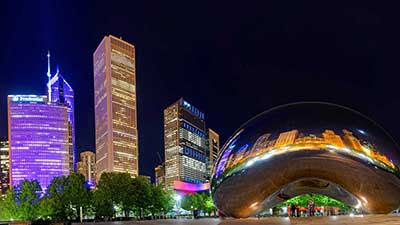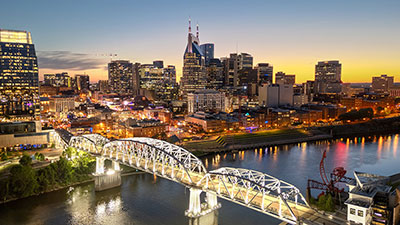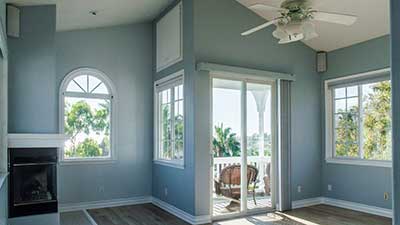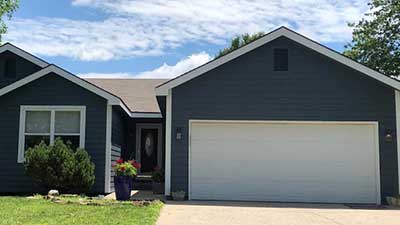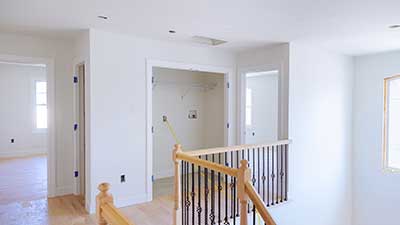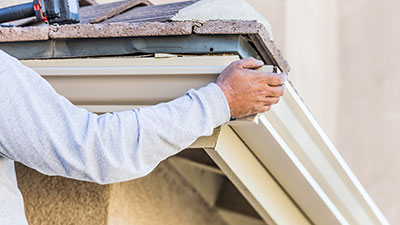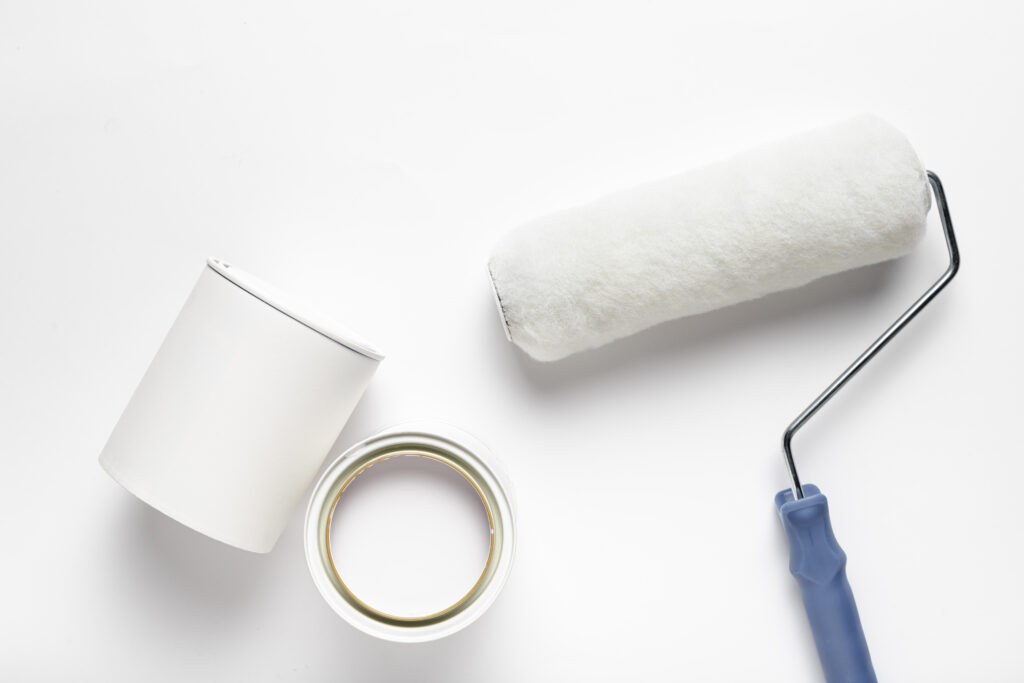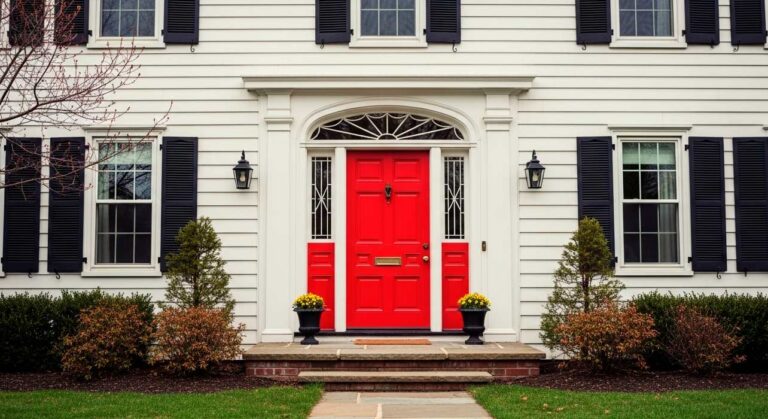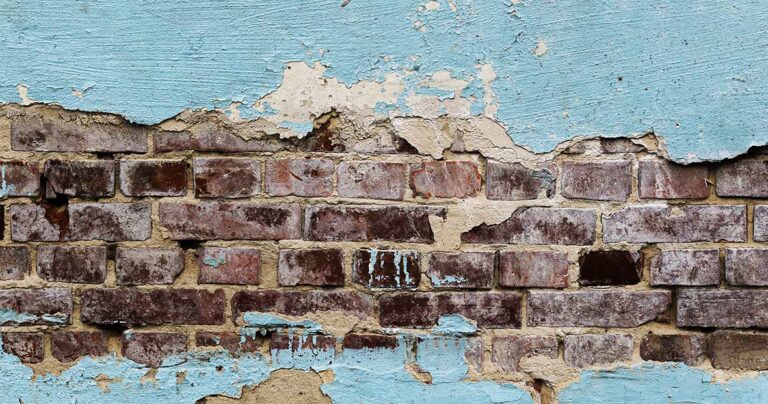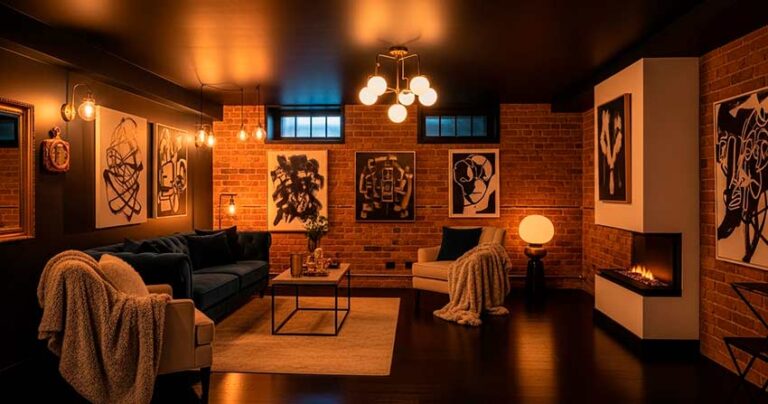Navigating the paint section of your local store can be confusing with all the choices like “pva primer,” “drywall primer,” and others available. OnDemand Painters is here to help you understand the best paint primer options for your drywall projects. It’s crucial to select the right primer whether you’re working with new drywall that’s ready for its initial coat or tackling previously painted surfaces that could use an update. Knowing about different primers is key to a successful paint job.
Why Primer is Essential for New Drywall
Have you ever noticed how some walls look perfectly painted while a do-it-yourself project at home doesn’t turn out as well? Often, the difference comes down to using primer. For new drywall, not using primer is like not preparing properly for a big challenge. You might complete it, but the results might not meet your expectations.
The Foundation for Paint – A good layer of primer does more than improve appearance; it serves as a base that helps paint stick effectively. This is very important for new drywall, which tends to absorb a lot of paint.
Cost Efficiency – It might not seem obvious at first, but applying a base layer of primer can help you save money over time. By satisfying the drywall’s need for paint, primer reduces the amount of paint you need, helping you avoid extra coats.
Aesthetic Advantages – Primer helps avoid issues like uneven colors or textures. It makes sure the color you choose is the one that shows up on your walls, covering imperfections in drywall mud, seams, and paper.
Drywall Specifics – New drywall benefits especially from a certain type of primer: PVA primers. These are made to seal the drywall’s surface, creating an ideal base for painting.
Solving Common Issues – A good drywall primer can solve various problems, from achieving a uniform color to dealing with how different parts of the wall absorb paint. Using the right primer can make your walls look like they were professionally painted, even if it’s your first attempt.
Drywall Primer Types (Including Pros and Cons)
The variety of primers available matches the different types of surfaces you might need to paint. Here’s a brief overview of the main types:
Water-Based Primers – Known for their convenience, these primers are easy to clean and dry quickly. However, they may not be the best choice for covering stubborn stains.
Oil-Based Primers – These are great for dealing with stains and provide excellent durability, making them suitable for areas with high humidity. However, they have a stronger smell and take longer to dry.
Shellac-Based Primers – Excellent for hiding stains, these primers offer great sealing properties. The downsides are their cost and the detailed cleaning required after use.
PVA Primers – Ideal for new drywall, PVA primers are designed to seal the porous surface, preparing it for painting. They are cost-effective but are specifically meant for new or bare drywall, not for all situations.
Choosing the right primer depends on your specific needs. Whether you are working with new drywall that requires a PVA primer or dealing with a wall that has been previously painted and needs an oil-based primer to cover imperfections, understanding the advantages and limitations of each primer type is crucial for achieving the best results.
Preparing Drywall for Priming: A Step-by-Step Guide
Before you pop open that can of primer, there’s a bit of legwork needed to ensure your walls are primed (pun intended) for success.
- Start with a Clean Slate: Dust, dirt, and grease are the enemies of adhesion. A thorough wipe down will ensure your primer and paint adhere properly.
- Patch and Repair: Any holes, cracks, or imperfections need to be addressed with drywall compound or mud. This step cannot be skipped unless you’re going for a “rustic” look.
- Smooth Sailing with Sanding: Once your patches have dried, sanding them down creates a smooth, even surface. Remember, the goal is to make these repairs invisible once painted.
- Dust Off: After sanding, a second clean-up is crucial. Dust from sanding can interfere with the primer’s ability to adhere correctly.
- Safety First: Don’t skimp on ventilation and protective gear, especially when working with oil-based or shellac-based primers. Those fumes aren’t just unpleasant; they can be harmful.
Optimal Primer Application Techniques
Achieving the perfect paint finish involves both selecting the right primer and applying it correctly. Paint sprayers are excellent tools for quickly covering large areas with an even coat, outperforming brushes and rollers in some situations. Yet, brushes and rollers are better for detailed work or when you need more control over the application. When applying flat paint or any finish, the aim is to achieve a consistent appearance across the surface. Skim coating is a useful technique for smoothing out your surface before painting, particularly useful on previously painted surfaces or on drywall that needs repair.
Best Practices in Priming and Painting
Now that your walls are primed and ready, let’s talk about paint. Applying flat paint over primer has its perks, notably its ability to hide minor imperfections and offer a uniform, non-reflective finish. It’s crucial, though, to ensure your painted surface is as smooth as silk, which is where skim coating comes into play again. This technique, when done correctly, can make your walls look and feel flawlessly smooth.
Special Considerations for Unique Drywall Conditions
Not all walls are created equal, and sometimes you’re faced with challenges like high humidity or surfaces that have seen better days. In these instances, sealing drywall before you even begin priming is key. Products designed for sealing drywall offer an extra layer of protection, ensuring that whatever comes next—be it primer or paint—adheres as it should.
Conclusion:
Whether you’re a seasoned pro or a DIY enthusiast, the right preparation, primer, and paint can turn any wall into a masterpiece. Remember, the key to a great finish is not just the paint you choose but the foundation you lay before it. So, grab that paint sprayer, pick your primer, and transform your space from mundane to magnificent. And when you stand back to admire your work, remember—it all started with the right primer.
FAQs
Why is it important to prime fresh drywall before painting?
Priming fresh drywall ensures the paint adheres properly and provides a uniform color and texture.
Can drywall paper affect how I should prime drywall?
Yes, the condition of drywall paper can dictate the type of primer needed for optimal coverage and adhesion.
What’s the best way to prime drywall for a professional-looking finish?
Using a high-quality primer specifically designed for drywall ensures a smooth, even base for your topcoat.
How do I handle stained surfaces on my drywall before priming?
For stained surfaces, use a primer that offers stain-blocking properties to prevent the stain from bleeding through the paint.
Is it necessary to prime drywall every time I want to repaint a room?
Priming drywall is crucial, especially on fresh surfaces or when covering dark colors or stains, to achieve a flawless finish.

